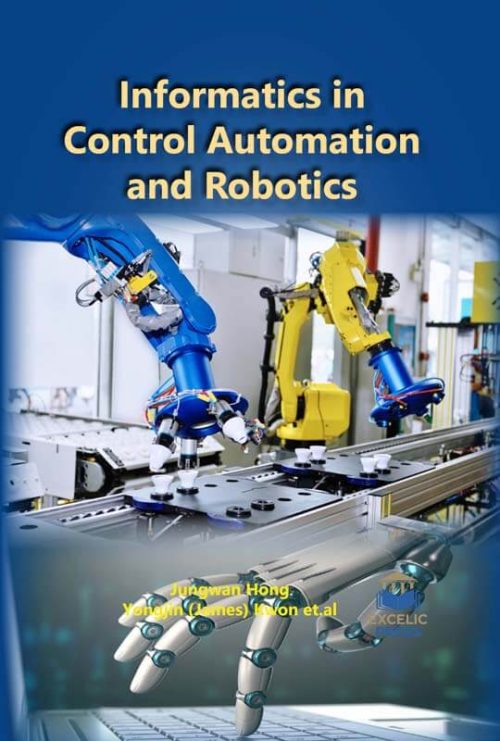Description
With the advancement of ICT technologies, the assembly robots may be integrated among the knowledge network, and also the essential knowledge may be processed to reveal the vital data. From the knowledge, higher social control choices area unit expected which will ultimately contribute to the organizations’ potency and fight. In this context, this book explains the merits of informatics in the domain of networked robots that are the essential tools for global production companies. To sustain the current progress of AI, it is important to understand what science fiction is and what practical reality is. A rational and harmonic interaction is required between application-specific projects and visionary research ideas
This book discusses the latest research innovations and important developments in this field. In the past, the proposed concept-the application of informatics for robot operations-was difficult to implement due to technological limitations. The future environment of global business will even push the boundaries of multinational, distributed production systems, and accelerate the implementation at a faster rate. Progressive Visual Analytics (PVA) techniques have become more common in the visualization community to address the challenge of big data. In a progressive visualization system, the online aggregation algorithm determines the database sampling rate and resulting convergence rate, not the user. In this book, we extend a recent method in online aggregation, called Wander Join, which is optimized for queries that join tables, one of the most computationally expensive operations. This book also describes the analytics platform and algorithms that are used to manage network performance of large femtocell networks with close to one million femtocells from multiple vendors. It also proposes a set of techniques that considerably reduce the exploration effort for such situations, based on the explicit depiction of the view space, using small multiple metaphors.
The book follows with emerging decision support systems technology for disastrous action management and, succeedingly focuses on a smart sensor data transmission technique for logistics and intelligent transportation systems. Finally, the book covers a study that performs the necessary survey and investigation about the work conditions of robotics and automation equipment in the oil and gas industry, especially offshore oil rigs. The challenges and requirements are identified for robotics and automation equipment in the oil and gas industry. The requirements of robotics and automation in the oil & gas industry are presented. Future research opportunities are discussed from a technical perspective. Researchers and students actively involved in this field will find these book crucial and unexplored concepts. This book is perfect for the research communities in robotics, mechatronics, and automation.





